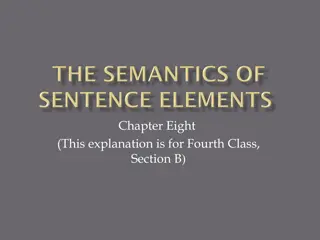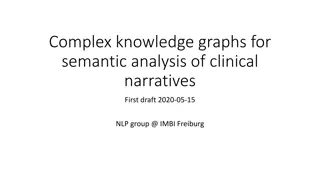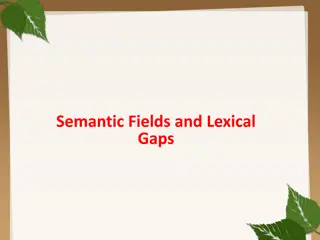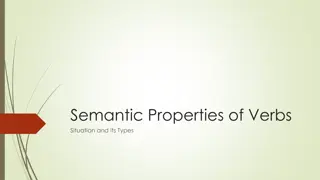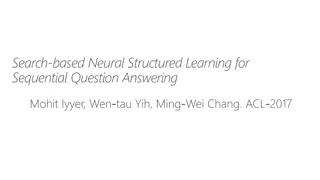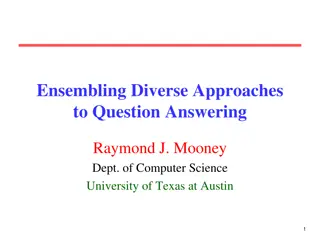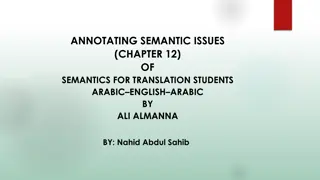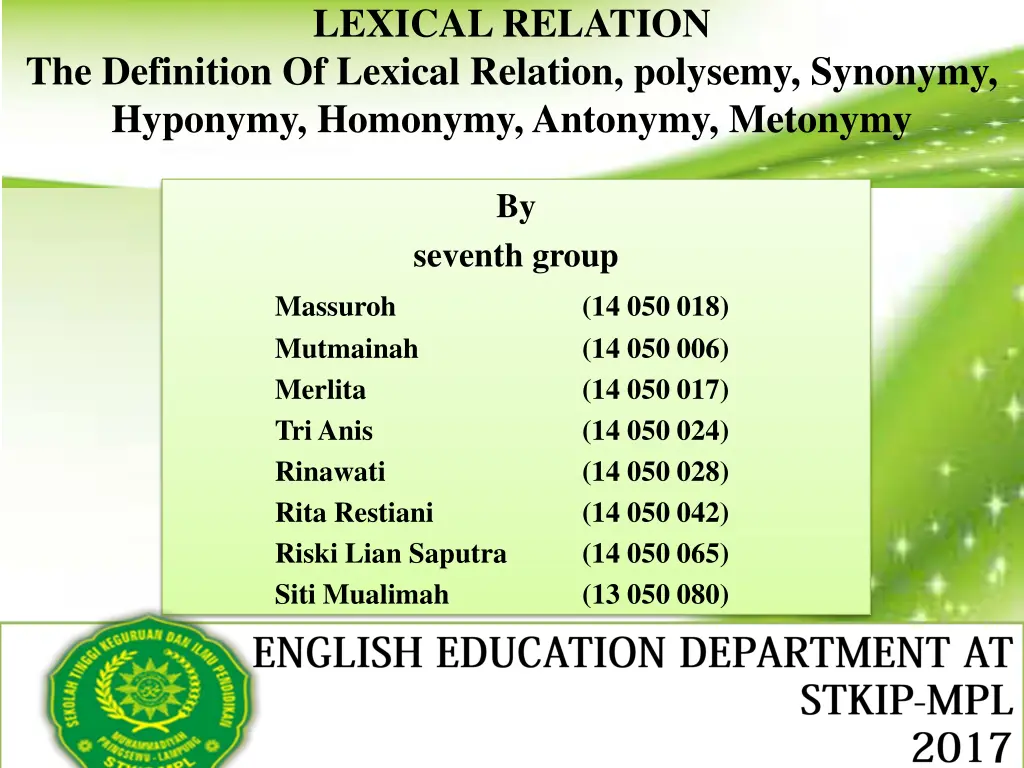
Understanding Lexical Relations in Linguistics
Explore the different types of lexical relations in linguistics, including polysemy, synonymy, hyponymy, homonymy, antonymy, and metonymy. Understand the concepts with examples to enhance your knowledge of language studies.
Download Presentation

Please find below an Image/Link to download the presentation.
The content on the website is provided AS IS for your information and personal use only. It may not be sold, licensed, or shared on other websites without obtaining consent from the author. If you encounter any issues during the download, it is possible that the publisher has removed the file from their server.
You are allowed to download the files provided on this website for personal or commercial use, subject to the condition that they are used lawfully. All files are the property of their respective owners.
The content on the website is provided AS IS for your information and personal use only. It may not be sold, licensed, or shared on other websites without obtaining consent from the author.
E N D
Presentation Transcript
LEXICAL RELATION The Definition Of Lexical Relation, polysemy, Synonymy, Hyponymy, Homonymy, Antonymy, Metonymy By seventh group Massuroh Mutmainah Merlita Tri Anis Rinawati Rita Restiani Riski Lian Saputra Siti Mualimah (14 050 018) (14 050 006) (14 050 017) (14 050 024) (14 050 028) (14 050 042) (14 050 065) (13 050 080)
Definition of lexical relation A lexical relation is a culturally recognized pattern of association that exists between lexical units in a language. There are different types of lexical relations- polysemy, synonymy, hyponymy, homonymy,antonymy and metonymy
Polysemy Polysemy is a word has more than one meaning which related in the concept. When a word has several very closely related senses or meanings. Example: music, rot, guard.
Synonymy Synonymy is used to mean sameness of meaning. Synonym is a word, which has the same or nearly the same meaning as another word For examples are broad = wide, conceal = hide, and answer = reply
Hyponymy Hyponymy is a relationship between two words in which the meaning of one of the words includes the meaning of the other word. Example: blue green yellow Black color white red
Homonymy Homonymy is ambiguous words whose different senses are far apart from each other and not obviously related to each other in any way. Homophony is the case where two words are pronounced the same but they have different written forms Homophony ex: ex: led, lead/ would, wood. Homograph is a word which is spelled the same as another word and might be pronounced the same or differently but which has a different meanings. Ex: tear, bear.
Antonymy . Antonymy or oppositeness of meaning has long been recognized as one of the most important semantic relations. e.g. quick-slow, big-small, etc. Types of antonyms: Gradable antonyms/pairs Nongradable antonyms/complementaries Reversives Conversepairs
Metonymy A metonym is a word used in place of another word or expression to convey the same meaning. Example: The use of crown for king




